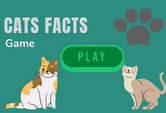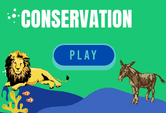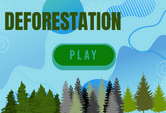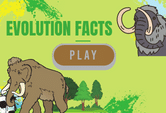Types of Rocks Worksheet: A Comprehensive Guide
Have you ever wondered how the ground beneath your feet tells the story of our planet's history? Rocks are time capsules from nature, holding secrets about the history of Earth. The knowledge of different kinds of rocks is not only useful for geologists; it is exciting and enriches all of us! Let us travel into the world of rocks and find out how a worksheet can make learning about them fun and interactive. Download here >>
Why Learn About Rocks?
Rocks are so much more than just a piece of the landscape. They give us information linking us to the development of Earth, showing past environments and processes—but also about climate change. Knowing about rocks is an essential part of industries in construction, jewels, and technology. Understanding rocks is a way of understanding where we live.
The Three Main Types of Rocks
-
Igneous rocks
These rocks are born of fire! They are created when molten magma cools and solidifies into igneous rocks, which form the very base of Earth's crust. Notable examples include granite, often used in countertops, and basalt, common in volcanic areas. -
Sedimentary Rocks
Sedimentary rocks are those formed by the accumulation of particles like sand, silt, and organic matter that compact and harden over time. Examples of this would include limestone, used in building, and the famous sandstone for its special texture.
Metamorphic rocks
Metamorphic rocks change utterly! They form when great heat and pressure are added to already-existing rocks. Marble—used in statues—and slate—used for roofs—are a couple of well-known metamorphic rocks. Continue below >>
Properties of Rocks
Color and Texture
The texture of a rock can expose its composition and history. Sedimentary rocks will generally show visible layering, while igneous rocks may have a crystalline texture.
Hardness and Durability
Hardness, measured by the Mohs scale, determines how rocks can be used. For example, diamonds are incredibly hard, making them perfect for cutting tools.
Common Uses of Rocks
-
Building Components
Granites and limestones are greatly used in buildings and roads. Their strength and durability make them ideal for infrastructure. -
Jewelries and Decoration
Precious stones, such as diamonds and opals, are skillfully cut from rocks and transformed into exquisite jewelry, bestowing elegance upon various accessories. -
Scientific Research
Rocks help scientists study Earth’s history, unraveling mysteries about natural events like earthquakes and volcanic eruptions.
Rock Cycle Basics
Rocks are dynamic! The rock cycle shows how igneous, sedimentary, and metamorphic rocks change over time through processes such as melting, cooling, erosion, and compression. A simple diagram can be used to show this cycle to students.
Types of Rocks Worksheet Activities
Identity Exercise
Worksheets enable the student to identify rocks according to their characteristics—color, texture, and hardness.
Sorting and categorization
Activities like sorting rocks by type or properties make the learning process interactive and engaging.
Real-Life Scenarios Simulating geological processes, such as erosion or sediment deposition, helps learners connect theory with reality.
Guidance for Teachers and Carers
Making Learning Fun
Use games, creative activities, and stories to teach kids about rocks. These interactive worksheets are a great beginning!
Field Trip Alignment
Visiting local parks or museums lets children see rocks up close, reinforcing what they’ve learned. Printable Worksheets Printable worksheets are a handy tool to get involved in hands-on learning. They can be matching activities, fill-in-the-blank questions, or even do-it-yourself rock cycle diagrams.
Conclusion
Rocks are more than just stones; they are storytellers of Earth's history. By knowing the types, properties, and uses of rocks, we get to understand our planet much better. This journey becomes interactive and enjoyable with worksheets, which could spark curiosity in learners of all ages. So, grab a worksheet, and let's start exploring!
FAQs
-
What are the main differences between rock types?
Igneous rocks form from cooling magma, sedimentary rocks from compressed layers, and metamorphic rocks from heat and pressure transformation. -
How can I identify rocks without professional tools?
Observe their color, texture, and hardness. Simple tools like a magnifying glass or scratch test can help. -
Why is the rock cycle important in nature?
It shows how rocks change over time, contributing to Earth's dynamic processes like soil formation and landscape evolution. -
Can kids easily learn about rocks?
Absolutely! Fun activities, colorful worksheets, and hands-on experiments make learning accessible for kids. -
Where can I download free rock worksheets?
Many educational websites offer free printable worksheets. Search for geology resources tailored for kids or students.

































